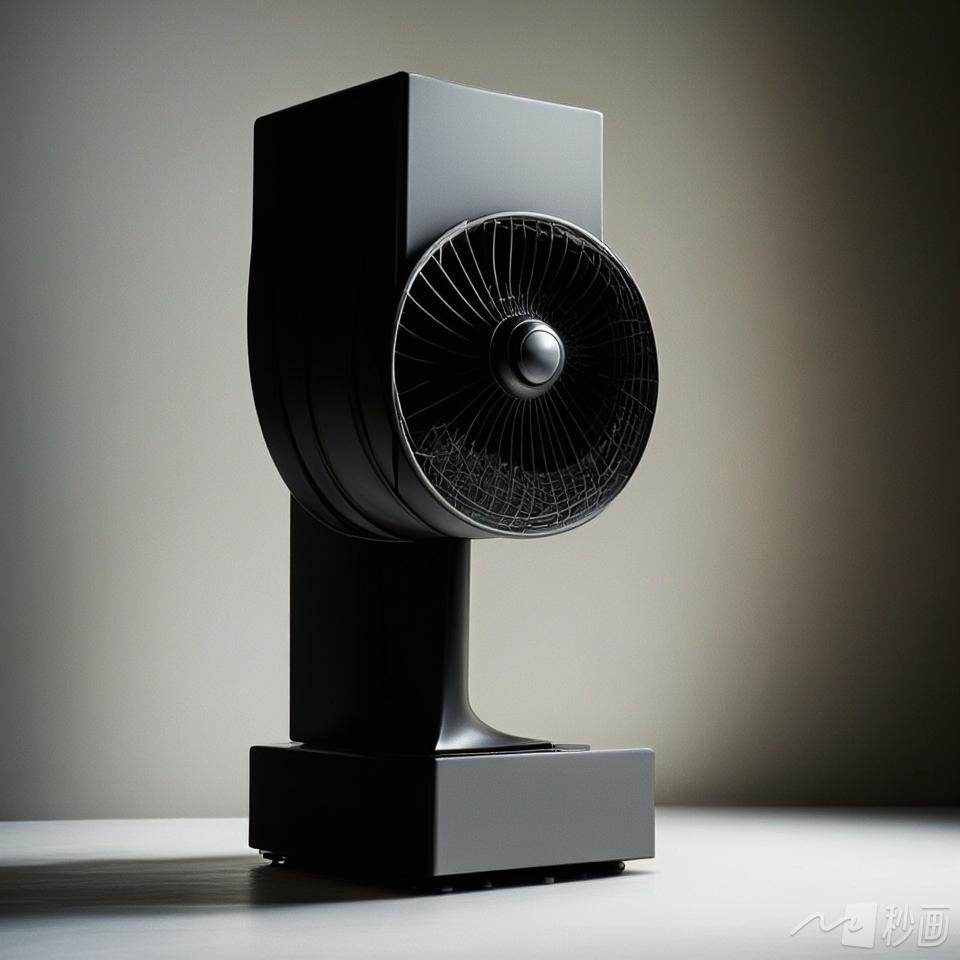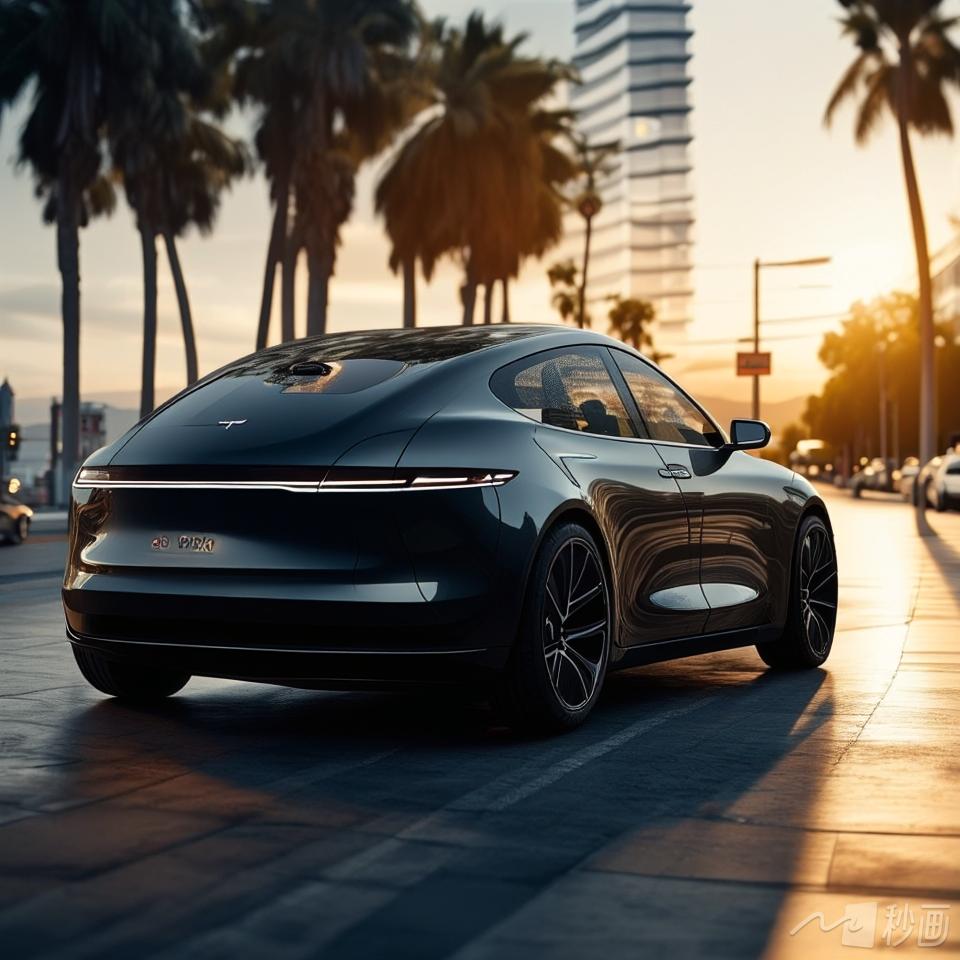Direct current (DC) and alternating current (AC) motors are two commonly used electric motor types. Before discussing the differences between these two types, let’s first understand what they are.
A DC motor is a rotating electrical machine that can convert electrical energy into mechanical energy (rotation). It could also be used as a generator which converts mechanical energy (rotation) into electrical energy (DC). When a DC motor is powered by direct current, it is creating a magnetic field in its stator (stationary part of the motor). The field attracts and repels magnets on the rotor (spinning part of the motor). This causes the rotor to rotate. To keep the rotor contiunally rotating, the commutator, which is a rotatory electrical switch applies electrical current to the windings. A steady rotating torgue is produced by reversing the currents direction in the rotating winding each half turn.
DC motors have the ability to precisely control their speed, which is a neccessity for industrial machinery. DC motors are able to immediatly start, stop and reverse. This is an essential factor for controlling the operation of production equipment. As follow, the XBD-4070 is one of our most popular DC motors.
Same as the DC motor, an alternating current (AC) rotor coverts electrical energy into mechanical energy (rotation). It can also be used as a generator which converts the mechanical energy (votation) into electrical energy (AC).
Mainly AC motors are classified into two types. The synchronous motor and the asynchronous motor. The latter one may be single phase or three phases. In an AC motor, there is a ring of copper windings (making up the stator), which are designed to produce a rotating magnetic field. As the windings are powered by AC electric energy, the magnetic field, they produce between themselves induces a current in the rotor (spinning part). This induced current produces its own magnetic field, which opposes the magnetic field from the stator. The interaction between the two fields causes he rotor to spin. In an asynchronous motor there is a gap between those two speeds. Most electrical household devices use AC motors because the power supply from houses is alternating current (AC).
Differences between DC and AC motor:
● The power supplies are different. While DC motors are driven by direct current, AC motors are driven by alternating current.
● In AC motors, the armature is stationary while the magnetic field rotates. In DC motors the armature rotates but the magnetic fields remains stationary.
● DC motors can achieve smooth and economical regulation without additional equipment. Speed control is achieved by increasing or decreasing the input voltage. AC motors reauire the use of frequency conversion equipment to change the speed.
Advantages of AC motors include:
● Lower startup power demands
● Better control over starting current levels and acceleration
● Broader customizability for different configuration requirements and changing speed and torque requirements
● Better durability and longevity
Advantages of DC motors include:
● Simpler installation and maintenance requirements
● Higher startup power and torque
● Faster response times for start/stop and acceleration
● Wider variety for different voltage requirements
For example, if you have a household electric fan, it most likely uses an AC motor because it connects directly to your home’s AC power source, making it easy to use and low maintenance. Electric vehicles, on the other hand, may use DC motors because it requires precise control of the motor’s speed and torque to provide a smooth driving experience and good acceleration.


Post time: Apr-01-2024



